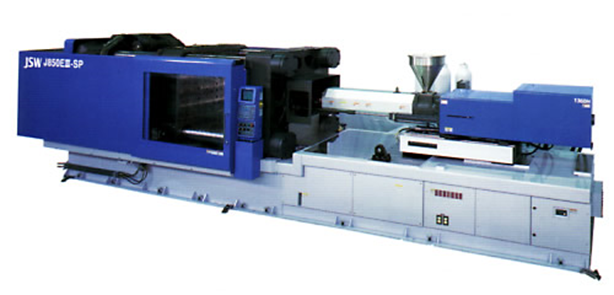New concept of cold-pingate (1)
- SANKO GOSEI
- Jan 26, 2023
- 1 min read
Pin gates are often used in moulds with a three-plate structure.
The product and gate are separated at the same time as the mould is opened, eliminating the need for gating the product.

It is a prerequisite that the product and runner are sufficiently cooled and solidified for the product and gate to be cut at the mould opening. However, depending on the product shape, the runner may take longer to cool and the moulding cycle may be extended.
If the runner is not sufficiently cooled and one side is opened ...
Deformation of the runner will occur or part of the pin gate will remain stuck to the product. This will force you to gate the product, which will result in higher costs!

This tends to occur with materials that do not contain glass or talc.
The reason for this is that the wall thickness at the tip of the gate is thin and easily hardens, but as it goes to the base, the wall becomes thicker and harder to harden.
The thicker the wall becomes, the more difficult it becomes to harden. This is why it is thought that breakage occurs from the middle of the pin gate and sticks to the product.
This is thought to cause breakage from the middle of the pin gate and sticking to the product.

~ Related Articles ~ What is Resin Flow Analysis? 3D printer: Introduction of gas venting nesters Introduction to Metal Optical Molding Gas Venting Inserts Molding Technology: Differences in Runner Types CAE: Hot Runner Valve Gate










Comments